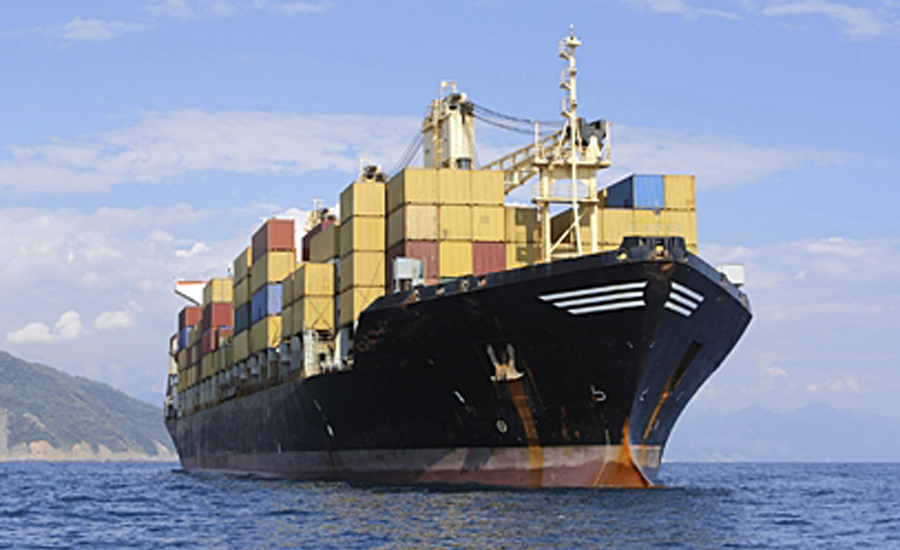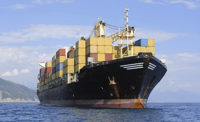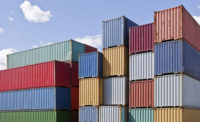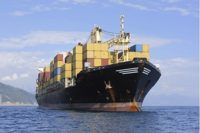The governing boards of the ports of Los Angeles and Long Beach approved the 2017 Clean Air Action Plan (CAAP) update, ushering in a new era of aggressive clean air strategies for moving cargo through what is said to be the nation’s busiest container port complex. The document provides high-level guidance for accelerating progress toward a zero-emission future while protecting and strengthening the ports’ competitive position in the global economy.
The strategies include:
- Identifying clean engine milestones for new trucks entering the port drayage registries and creating a rate structure and incentives that encourage faster turnover to near-zero and zero-emission trucks, with the goal of transitioning to a zero-emission on-road drayage fleet by 2035.
- Developing a universal truck reservation system, staging yards, intelligent transportation systems and other efficiency programs to reduce emissions while improving the flow of cargo.
- Beginning in 2020, requiring terminal operators to deploy zero-emission equipment, if feasible, or the cleanest equipment available when procuring new cargo handling equipment, with the goal of transitioning all terminal equipment to zero emissions by 2030.
- Developing infrastructure plans to support terminal equipment electrification, alternative fuels and other energy resource goals.
- Expanding use of on-dock rail, with the long-term goal of moving 50% of all cargo leaving the ports by rail.
Targets for reducing greenhouse gases (GHGs) from port-related sources to combat global warming and climate change are a new element of the 2017 CAAP. The document calls for the ports to reduce GHGs 40% below 1990 levels by 2030 and 80% below 1990 levels by 2050.
The GHG targets add to the ports’ existing goals for reducing diesel particulate matter (DPM), nitrogen oxides (NOx) and sulfur oxides (SOx). By 2023, the ports aim to cut emissions of DPM 77%, NOx 59% and SOx 93% below 2005 levels. Intensifying efforts to reduce GHGs is expected to further lower DPM, NOx and SOx emissions.
The new strategies were developed with more than two years of dialogue with industry, environmental groups, regulatory agencies, local residents, equipment and fuel vendors, technology developers and others.
“Collaboration will be critical to our success,” says Lou Anne Bynum, Long Beach Harbor Commission president. “Moving the needle to zero requires all of us — the ports, industry, regulatory agencies, environmental groups and our communities — to pool our energy, expertise and resources.”
“Intensifying our advocacy efforts is also a priority,” says ambassador Vilma Martinez, president of the Port of Los Angeles Board of Harbor Commissioners. “The new plan reflects our commitment to doing everything in our power to push for funding, support research and demonstration projects and expand our involvement in the regulatory process to advance our shared environmental and economic objectives.”
Recent air emissions inventories show the ports have surpassed the 2023 pollution reduction goals for DPM (87%) and SOx (97%) and are close to reaching their goal for reducing NOx (56%). They also show emissions are declining while cargo volumes are rising, confirming the ports are growing green. The combined port complex is on pace in 2017 for the busiest year ever.
The ports also plan to expand their technology advancement program to include technologies and approaches that help meet their new goals for reducing GHGs.



